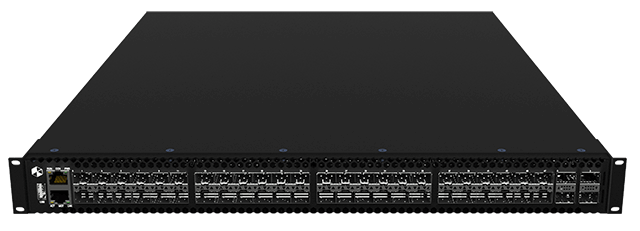
Omnia QM
Next Generation CDR Solution to reduce hardware footprint in customer data repositories in data lakes, data warehouses and databases
Omnia QM provides an efficient method for optimizing data and helps the operator monitor data with lower hardware and software resources. Derived from Latin origins, “Omnia” symbolizes “all things”, and “QM” represents “Quantitas Magna” or “Big Quantity”. QM also stands for Quality Management, as many use cases supported by Omnia QM are related to quality management. Omnia QM embodies the essence of comprehensive data management and optimization.
Overcoming Challenges in Traffic Growth, Customer Expectations, and Network Monitoring and Analytics
To overcome the challenges posed by massive traffic growth, rising customer expectations, and the complexity of network architecture, businesses need to optimize their monitoring tools and prevent any potential blind spots. However, the high costs associated with monitoring user plane traffic and the burden of delivering exceptional customer service while proactively handling complaints further complicate matters. Additionally, the advent of 5G technology and the high total cost of ownership (TCO) for existing monitoring solutions add to the existing complexities. By implementing effective strategies and solutions, businesses can increase monitoring performance, meet customer demands, streamline network management, and mitigate the challenges posed by 5G and high TCO, ensuring a more efficient and customer-centric operation.
Cubro offers a solution that helps the monitoring and analytic systems achieve their goals – understand subscribers better while reducing the costs of monitoring and analytics.
Omnia QM Solution: Time-window based metadata extraction solution to reduce the monitoring footprint
User Plane Monitoring with CDR Extraction
With CDR (Call Detail Record) extraction, powered by our innovative SmartNICs called Omnics, operators can extract, optimize, and monitor data effectively. The solution significantly reduces the need for extensive hardware and software resources.
Omnics analyses and processes user plane (U-plane) and signalling traffic (C-plane) in real time. The solution correlates the U- and C-plane information and generates CDRs, which are sent to monitoring systems where the data is used for monitoring, data analytics, and business intelligence. As a result, the operator can harness the explosive growth of data and utilize it for business intelligence applications such as analyzing subscriber behaviour.
Role of Deep Packet Inspection (DPI)
Deep packet inspection refers to the process of inspecting the contents of network packets at a granular level. It allows operators to examine the payload of each packet and extract valuable information from it. This information can be used by security tools and can provide application detection as well.

Omnics perform real-time analysis and processing of user plane (U-plane) through DPI technique.
The solution incorporates traffic filtering based on user IP address, subscriber’s IMSI and MSISDN, and application detection. These filters enable operators to selectively examine specific aspects of network traffic, focusing on relevant data for further analysis. DPI identifies and filters packets of interest, optimizing the use of hardware and software resources.
One of the outcomes of this solution is the generation of CDRs. These records contain extracted and correlated information from the U- and C-plane traffic. DPI enables the filtering of data, for example, per application basis, thus making it possible to extract only relevant data, providing lower volumes with needed data for advanced monitoring, data analytics, and business intelligence.
Technical Description
The Benefits of Omnia QM
Up to 1000:1 compression ratio means that if bandwidth is 1,000 Gbps with raw packets, the CDR based solution only requires 1Gbps. The Cubro solution reduces customer investment dramatically in the analytics and monitoring systems by lowering CAPEX.
Cubro advanced Omnic enables efficient traffic management with just one server, capable of handling 40 Gbps of traffic per Omnic, maximum of 10 cards. The compact hardware design maximises performance and reduces power consumption, cooling requirements, and rack space. Therefore, this approach reduces total CAPEX and OPEX.
Cubro solution offers excellent scalability without the need for additional rack space, as long as the 10 NIC limit is not reached. You can easily expand your capacity by adding another Omnic, enabling a “pay as you grow” approach.
The solution seamlessly integrates with existing TAP and NPB infrastructure. This compatibility ensures a smooth transition and lowers your CAPEX by leveraging your current investments.

Our newsletter provides thought leadership content about the industry. It is concise and has interesting content to keep you updated with what’s new at Cubro and in the industry. You can unsubscribe anytime with a single click.
This site is protected by reCAPTCHA and the Google Privacy Policy and Terms of Service apply.













